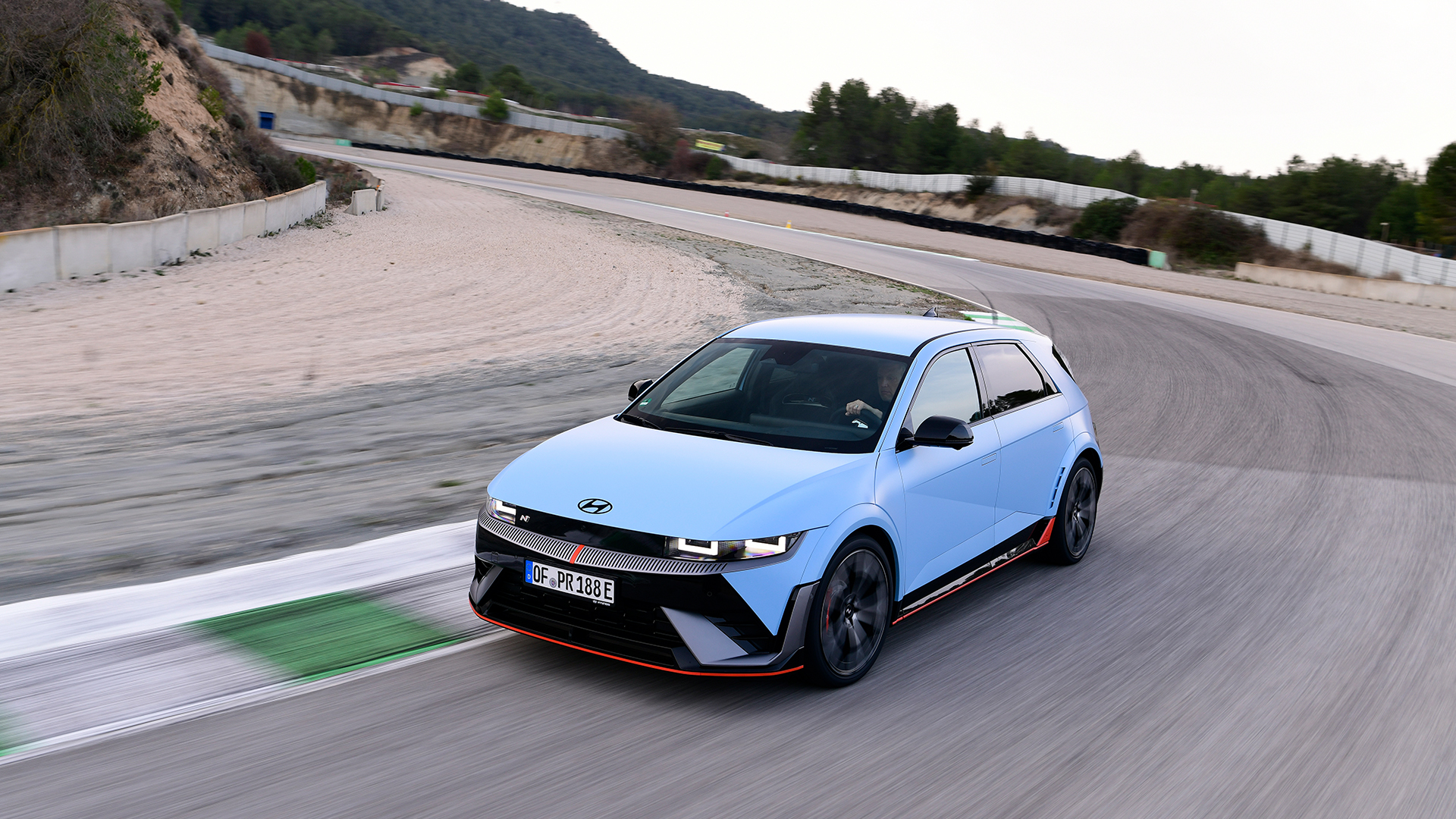
Hyundai has been busy cementing its reputation as one of the leading figures in electric passenger cars. The small and relatively affordable Soul EV kicked things off in 2015, the Kona Electric soon followed, and then came the stylish Ioniq 6 and retro-inspired Ioniq 5. But the new Ioniq 5 N is its most fun offering yet.
There are plug-in hybrid versions of its popular SUVs, while a number of new, all-electric models have been promised in the next two years. But not content with being recognized as a manufacturer of highly competitive, electrified everyday cars, Hyundai also wants to be known as a purveyor of fun.
This all started with the establishment of its N performance division in 2012, which enlisted the help of ex-BMW engineering maestro Albert Biermann to create a performance department that could compete both at elite level motor sport and on the sale of hot hatchbacks.
The petrol-powered i20N and i30N were huge hits, but arguably its greatest achievement to date is the Ioniq 5 N. The first EV from a major manufacturer that can genuinely be referred to as a true driver's car.
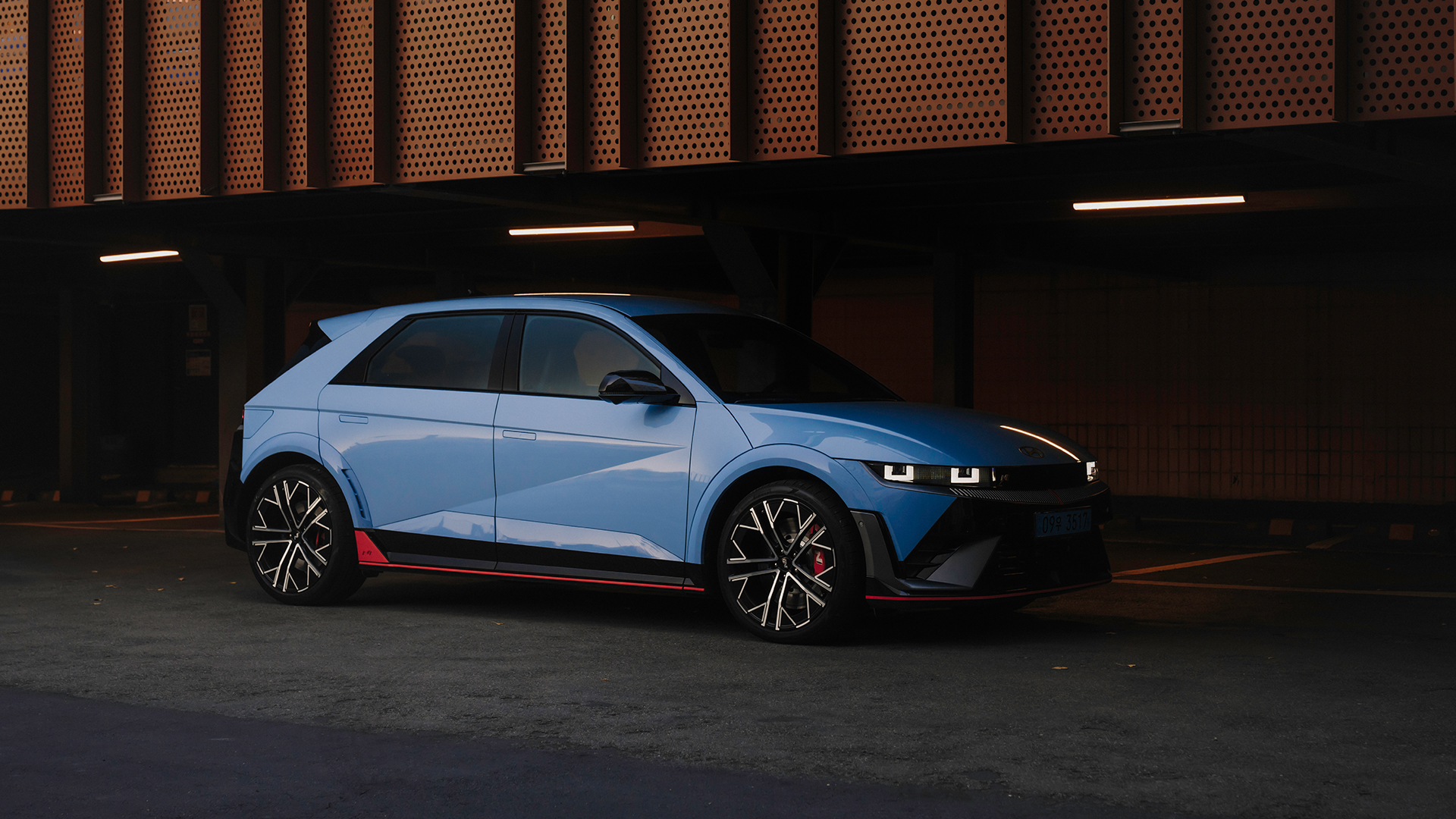
Granted, there have been hideously expensive hyper EVs and everyday cars that have exploited the performance of battery packs and potent electric motors, with the likes of Porsche’s Taycan and even sister company Kia’s EV6 GT delivering blistering straight-line speed. But few mass market models have shone when things get twisty.
The Hyundai Ioniq 5 N has achieved what most automakers have so far failed to do: produce a practical, everyday EV that also happens to be a riot on the race track… but it hasn't been easy.
Under the skin
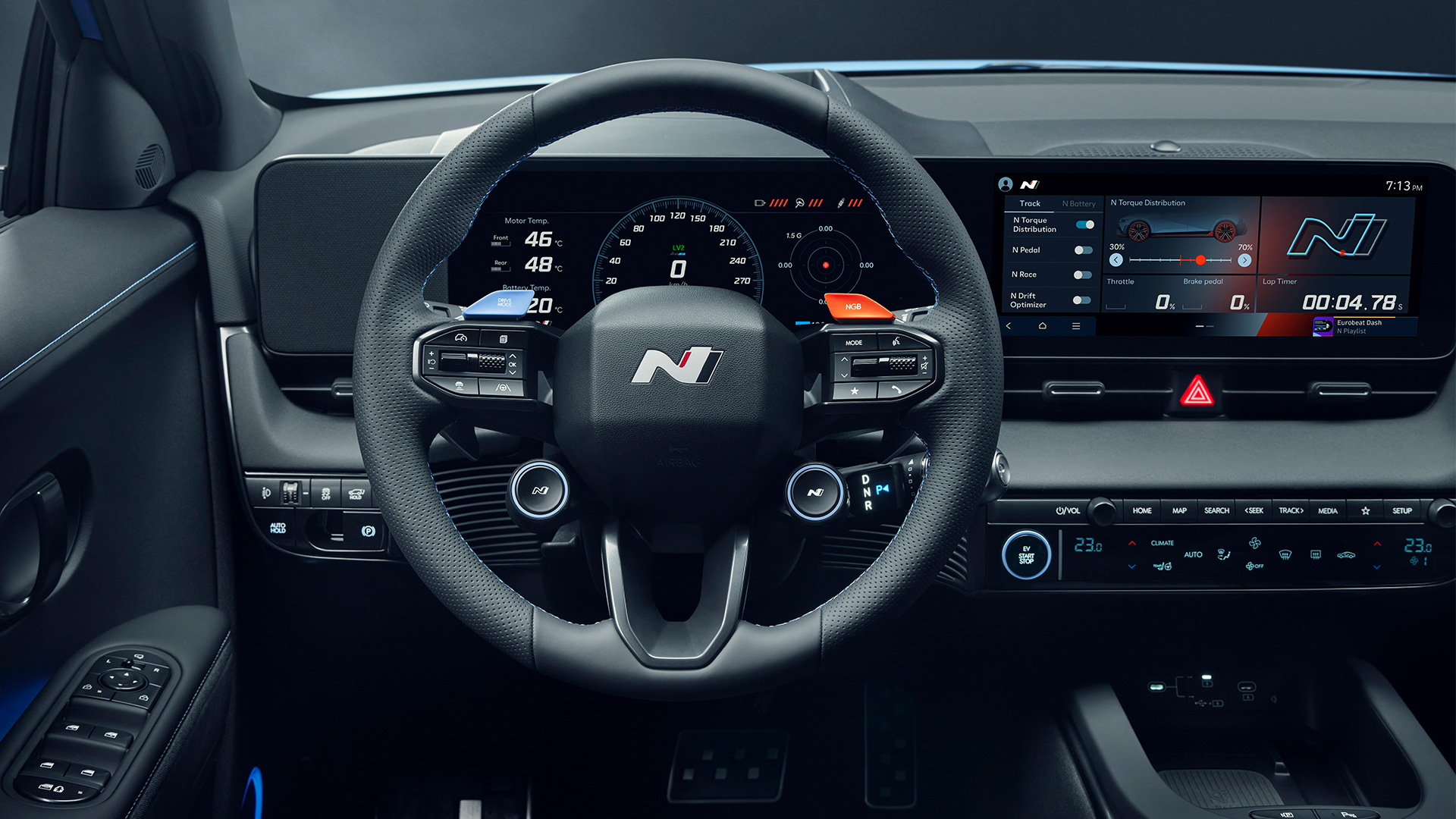
Strip away at the Ioniq 5 N and you will see that it shares much of its basic underpinnings with the standard Ioniq 5. But it’s much more than an exercise in adding power. There are 42 additional welding points, the adhesive length is up by 2.1 meters, while the steering column has been reinforced to strengthen crucial body joints.
The 84kWh battery pack has been "meticulously tuned" to extract maximum performance and race-optimized motors now appear at both the front and rear axle to deliver an all-wheel-drive, total system output of 650hp when the temporary N Grin Boost function is activated. There's 600-odd horses on tap the rest of the time.
As a result, the 0-62mph sprint is dispatched in just 3.4 seconds with launch mode and the overboost functionality enabled, while a top speed is pegged at 162mph – a figure that was impossible to achieve on the Parcmotor Castellolí race circuit, where I tested the car.
Of course, pure performance isn’t exactly difficult to extract from today’s electric motors, as simply adding more of them tends to see output rise exponentially. The difficulty arises when attempting to keep the weight down or, in this case, masking the 2.2-tonnes with bucketloads of innovative technology.
Fake noise

Diving into the various driving modes from the sculpted bucket seat of the Ioniq 5 N is a bamboozling and sometimes disorientating experience. There’s a large button on the steering wheel that switches the driving mode from Eco to Sport, but things don’t really get spicy until you enter the various N Modes.
It is mapped to the throttle and offers, hands down, the most realistic EV engine noise I’ve ever tried.
When activated, navigating the N Mode functionality is like customizing a vehicle in Gran Turismo – there are settings for suspension firmness, the weight of steering and throttle response, but things get even more interesting when you start exploring some of Hyundai's in-house innovations.
The first is what the marque refers to as Active Sound Plus, which is essentially fake engine noise that is pumped into the cabin. It is mapped to the throttle and offers, hands down, the most realistic EV engine noise I’ve ever tried.
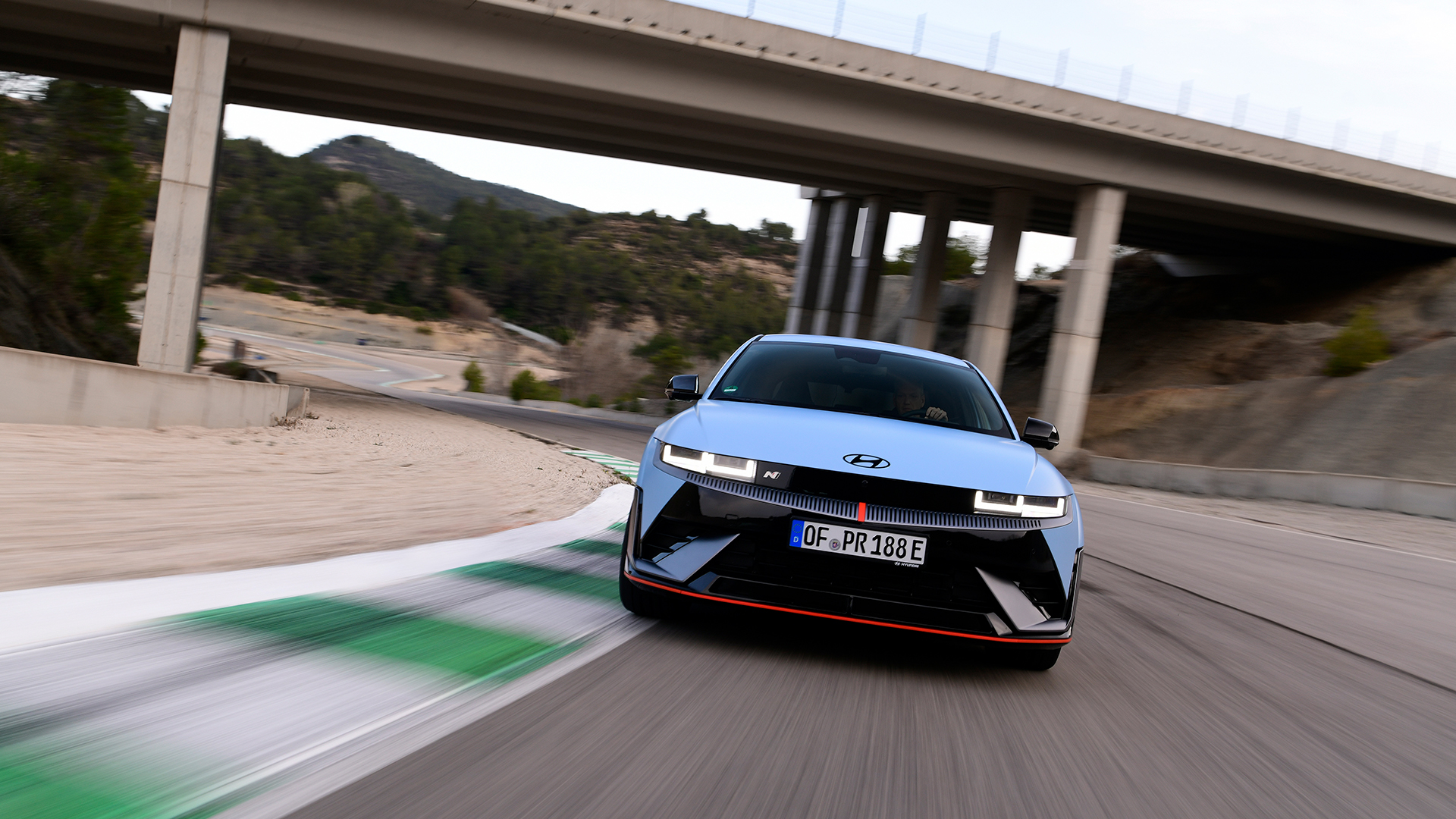
Compared to the external burbling of the Abarth 500 e, this is a masterpiece in software design, offering realistic pops on the overrun and even a simulated rev limiter when you pin the throttle.
However, this feature really comes to life when you engage N e-shift, which is Hyundai's simulated gear change mode. Of course, an EV doesn’t require a traditional gear box, but petrolheads love them. Thumping up and down an eight-speed dual-clutch transmission via slender paddles mounted to the steering wheel offers a visceral driving experience and greater control over the performance of a car, which is why Hyundai's engineers have seen fit to mimic it.
You’ll forget you are in an EV after a few minutes – it’s mind-bogglingly good.
The system is an absolute triumph and goes so far as to limit power when the selected gear is too high for the rev range. Hit the upshift and torque is momentarily cut from the motors to reproduce real DCT upshifts. It’s genius.
As previously mentioned, there’s even a rev limiter. Activate N e-shift and the sound simulation when you're on the track or tackling a twisty route and you’ll forget you are in an EV after a few minutes – it’s mind-bogglingly good.
Corner Rascal
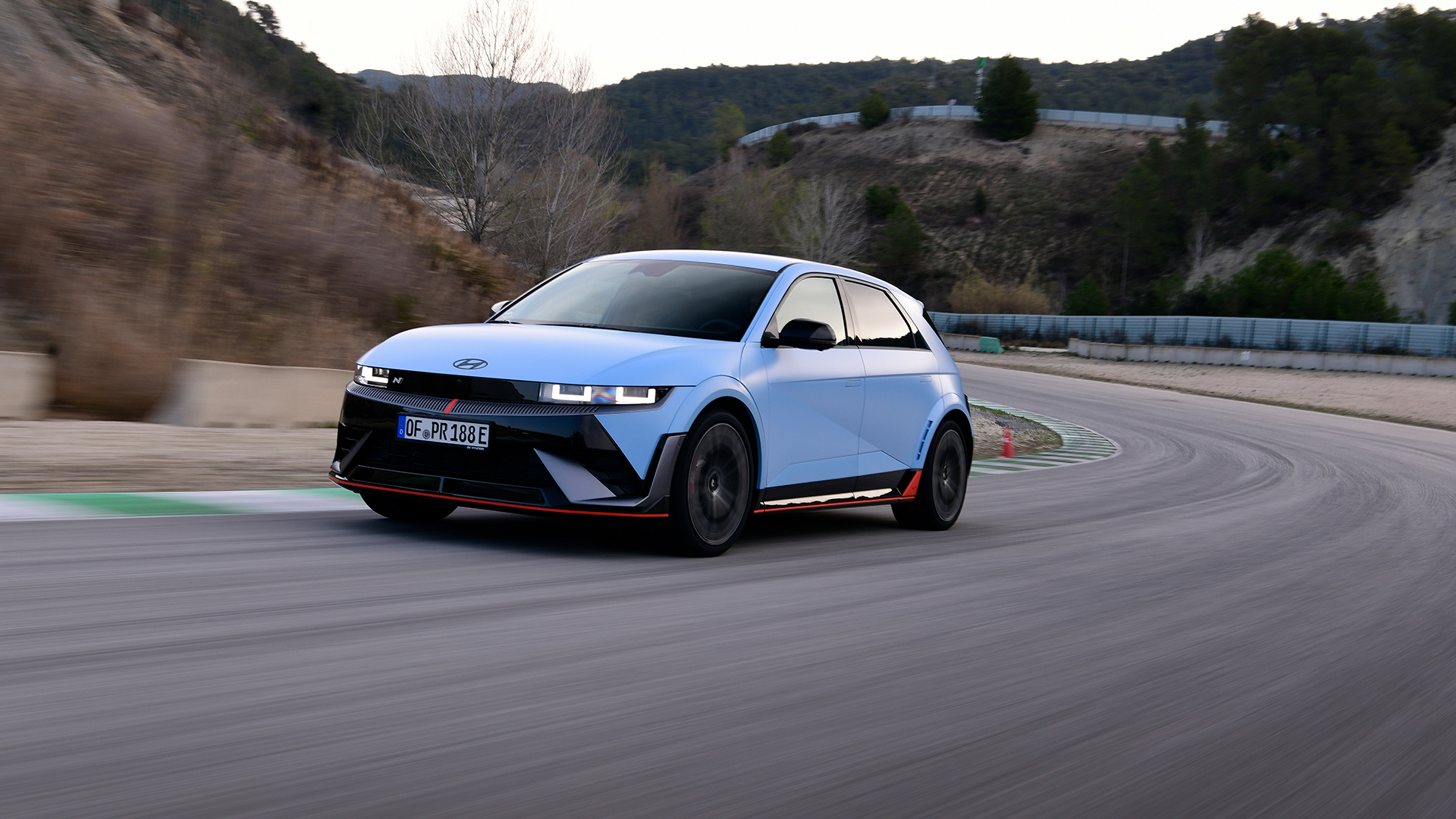
Again, it’s worth mentioning that exploring every single N Mode, and the hundreds of permutations thereof, is essentially impossible to do in the day I spent with the car. But I got a great feel for what it’s like on both track and road.
Pop it in Eco and the simulated noises and gear shifts disappear. This is essentially a red hot Ioniq 5 with a max range of around 278 miles and enough room for five people and luggage. Granted, it feels a little more taut and firmer under-buttock, but this is a comfortable car to use everyday – quiet, refined and very easy to live with.
Start cycling through the various N Modes and that’s when it really comes to life, proof that clever software engineering combined with knowledge of the best combustion-engined cars can truly work magic on bloated, modern EVs.
Over the standard car, the rear axle features an electronically-controlled slip differential, which has allowed Hyundai’s N division greater control over the distribution of power and therefore the way this heavy beast handles when pushed. Throw into the mix a clever Electronic Stability Control and it mystically masks its mass when chucked around a circuit.
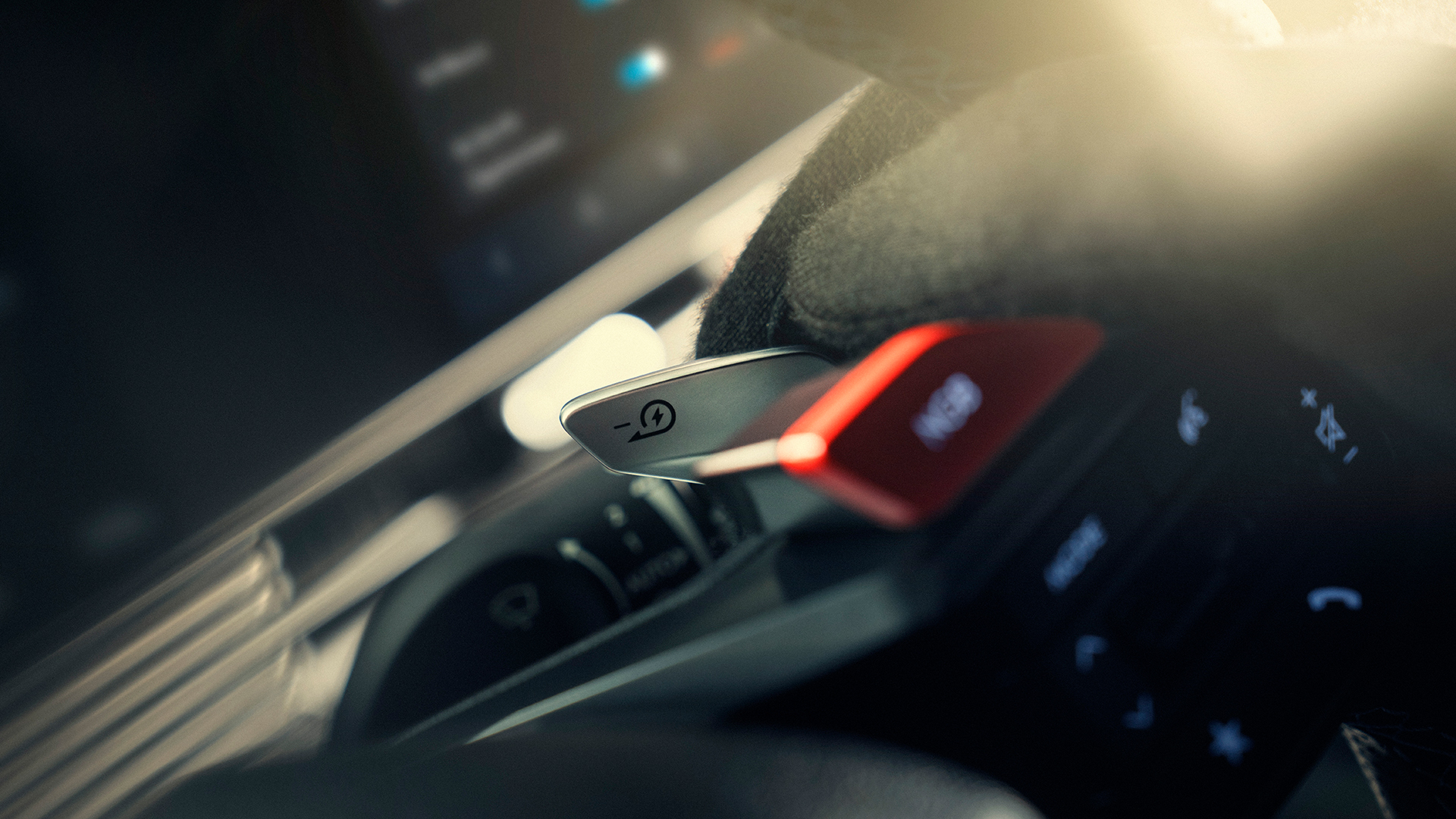
What’s more, the N-tuned braking system can handle the increased heft with larger discs and the ability to shed heat with ease. There's also a strong regenerative braking system that is blended so well with the hydraulic brakes that it's essentially imperceptible.
The entire braking system is by-wire, meaning there’s no physical connection between the brake pedal and the brakes themselves, but despite this, there’s lots of feel underfoot and braking, even on a race circuit, feels predictable and dead easy to modulate.
Finally, Hyundai has also ensured owners aren't left feeling empty after a punishing track session, equipping this racy model with similar charging capabilities to both the Ioniq 5 and 6.
A special battery conditioning mode allows for rapid charging straight off the race circuit, with the vehicle taking care of thermal management to ensure the vehicle can top up in around 20 minutes to allow for another track session.
No gimmicks
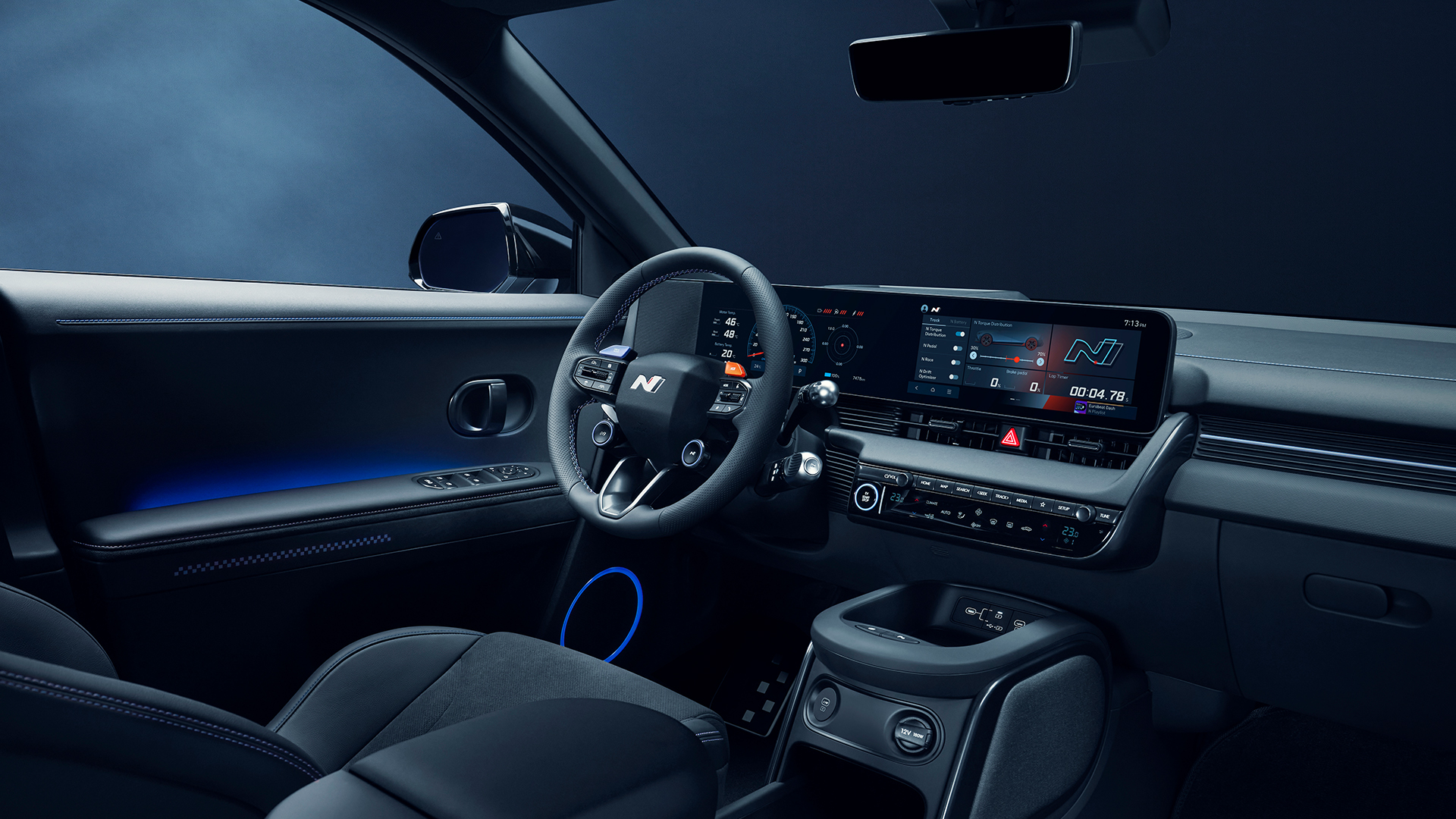
Despite packing up to 650hp, the Hyundai Ioniq 5 N doesn’t feel stupidly fast. Sure, there’s a N Launch Control that optimizes grip from the all-wheel-drive system to offer the perfect sprint off the line, but even that feels on par with some of today’s overtly powerful EVs – Tesla’s Model S being one.
Instead, Hyundai’s N engineers have plumped for what it feels is just the right power, as well as the introduction of numerous innovations, to ensure the vehicle is hilarious, pliable and manageable on a race circuit, without ever feeling unwieldy.
The front end is sharp and feels direct when turning into corners, while the rear wheels can be overwhelmed if pushed and the 5 N becomes as joyously slide-y as you want when all of the assistance systems are turned of.
On the subject of sliding, Hyundai has also introduced what it calls N Drift Optimizer, which is essentially a drift mode that’s activated via the infotainment screen. It might come as no surprise, then, that former Ford Performance engineer Tyrone Johnson was heavily involved in Ioniq 5 N – the man was also responsible for a similar drift mode on the Ford focus RS.
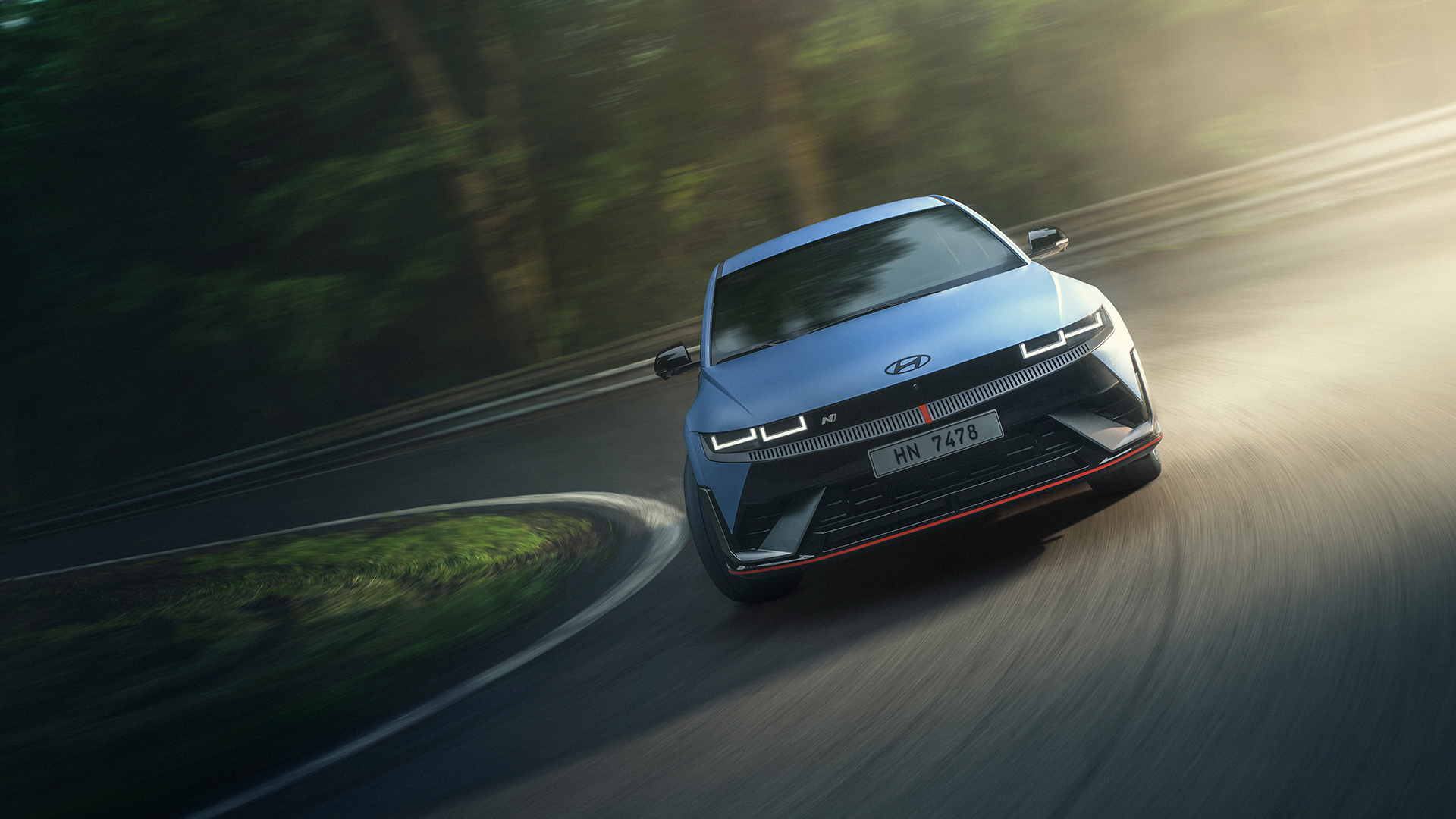
Activate N Drift Optimizer and the system supposedly adjusts torque to the rear wheels, meaning drivers don’t have to worry so much about modulating the throttle like you would on an ICE vehicle.
I tried it and was told to turn in, pin the throttle and control the slide with steering inputs, but it wasn’t perfect. You need lightning reflexes to perform prolonged slides and the lack of subtlety with throttle inputs makes it easy to spin. But it all feels very controlled, just make sure you have plenty of space to practice.
We may well look back on the Ioniq 5 N as the car that kick-started affordable, accessible performance in electric vehicles.
Similarly, Hyundai’s N Active Sound Plus could easily be written off as a gimmick, but we found this genuinely useful both on circuit and on the road. It’s not perfectly realistic in its delivery, but its near-perfect mapping to throttle inputs and gear changes means the driver has traditional combustion engine cues to work from.
I’ve tested a handful of electric vehicles on a race circuit and almost always come away feeling slightly travel sick. It's something to do with the brain not recognizing the sense of speed and the effect of G-force, alongside the lack of a soundtrack.
Hyundai’s solution neatly combats that, and while you can opt to make it sound like a spaceship if you really want, the traditional ‘ignition’ combustion engine emulator genuinely works, even if it is a little raucous (you can turn it down, thankfully).
A heavyweight performance

After a full day driving the Hyundai Ioniq 5 N on both some exquisite Spanish roads and the race circuit, it's easy to come away thinking that the amount of effort invested into making a heavy family EV suitable for high performance driving is slightly bonkers.
Why not start with a lighter platform, do away with all the software trickery and keep things Civic Type R-esque simple?
Unfortunately, weight is enemy number one in the EV world, and we are still a long way off achieving energy dense but lightweight battery packs that don’t cost an absolute fortune. Hyundai’s N division has played every card it has to disguise this and it has paid off.
The Hyundai Ioniq 5 N costs £64,956 (around $82,000 / AU$125,000), which might seem expensive on paper. But given the power output, its ability to perform on circuit and the fact that it morphs back into a sedate and silent family runaround, it feels like a very fair price.
What’s more, the innovations Hyundai has showcased here can all work on future – and hopefully lighter – models. We may well look back on the Ioniq 5 N as the car that kick-started affordable, accessible performance in electric vehicles.







